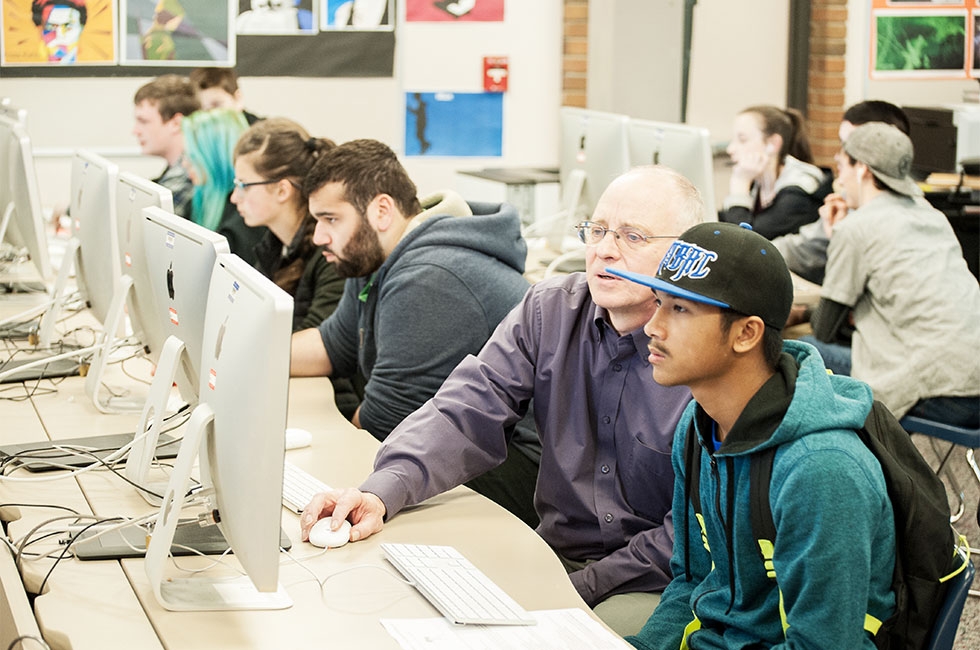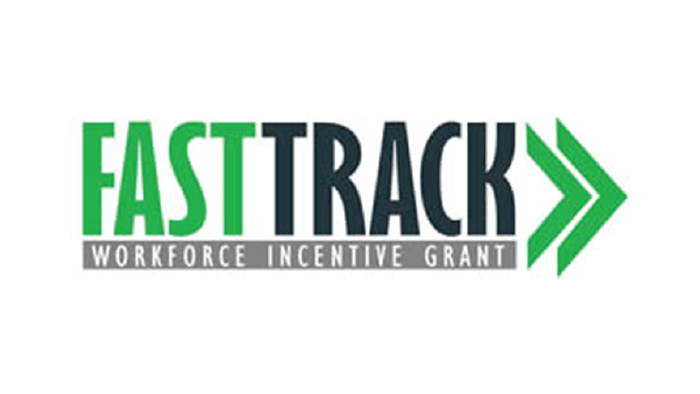
Charter public school may be a good option if you are looking for high quality education in New York. There are 278 Charter Schools in New York. They serve 139.129 students. There are many options available, so it's easy to find the right one for your child.
Success Academy Harlem I
Success Academy Harlem 1 charter charter school has 1,184 student population, ranking it among the top 30% New York City charter Schools. The school's strict structure and rules result in academic success and excellent behavior. The school's lottery attracts more applicants than it can handle, so students are extremely satisfied with their education.
Success network schools are known for their strict uniform policy, nonunion teachers, long school days, and no-excuses attitude to student success. Parents are expected and required to actively participate in the education of their children. These requirements include attending charter school rallies, helping children get to school and submitting to parent teacher conferences. Parents are also graded on the time they arrive on time to school and how often they attend conferences. The school provides snacks for younger grades every day. Students also have access to block room, physical education and art and song classes. The school does not offer foreign language classes to students in the elementary grades.

Kings Collegiate Charter School
The COVID-19 epidemic is having a major impact on Kings Collegiate Charter School's standard testing results. The school's goal to improve student reading abilities is its primary objective. Each day, students take part in English language arts classes and small group reading after school. The school is committed to providing a strong education for all students.
Kings Collegiate Charter School provides education for students in grades 5-8. It is part of Uncommon Schools network. This charter network aims to provide low-income Latino and black students with the necessary skills to enter college. The school has a student-teacher ratio of 15.5 to one.
Brooklyn Prospect Charter School
Brooklyn Prospect Charter School is an elementary school that serves 925 students from grades K-12. The school is part Brooklyn Prospect Charter School and is ranked 314, and 1212, respectively. It is well-known for its academic excellence and diversity. Brooklyn Prospect Charter School is an excellent choice for students in Park Slope.
Brooklyn Prospect Charter School has an international curriculum that prepares students for global citizenship. They have a strong faculty and use the International Baccalaureate Program to teach students how to make a difference around the world. They also encourage a love of learning which is a foundation to success in life.

Dr. Richard Izquierdo Health & Science Charter School
The South Bronx-based Dr. Richard Izquierdo Health & Science Charter School is committed to providing an engaging and rewarding educational experience for all its students. It prepares its students for a wide range of career options in the health care sector, including EMT certification. The school has a student-teacher ratio of 11:1.
It is ranked 17843 nationally. This is amongst the top 10% of all high school in the country. The school's 736 students have remained fairly stable over the last five school years. It ranks among the top 10 percent of New York City Public Schools when it comes to math and reading proficiency.
FAQ
What is vocational school?
Vocational school programs are designed to prepare individuals for specific jobs. They can also offer training in specific skills and general education.
Vocational education has a significant role to play in society. It helps young people gain the skills they need to succeed. It provides high-quality learning opportunities for all students.
A vocational school gives its students many options. This includes certificates, diplomas/degrees, apprenticeships, certificates as well college transfer programs and other postsecondary credentials. Vocational schools offer both academic and practical courses in math, science and English.
What is an alternative school?
An alternative school aims to allow students with learning difficulties to access education and provide them with support from teachers who are qualified to meet their needs.
Alternative schools are designed to give children with special education needs the chance to learn in a normal classroom setting.
In addition, they are also given extra help when needed.
Alternative schools do not exist for students who are exclusion from mainstream schools.
They are open to all children regardless of ability or disability.
How can I get scholarships?
Scholarships are grants awarded to help pay for college expenses. There are many types available in scholarships. These are:
-
Federal Grants
-
State Grants
-
Student Loans
-
Work Study Programs
-
Financial Aid
Federal grants are made directly by the U.S. government. Federal grants are subject to certain conditions. You must, for example, demonstrate financial need.
Individual states can offer grants to state governments. Some states offer these funds based on financial need; others award money for specific reasons.
Student loans are issued by banks and other lending institutions. Students often borrow money to pay for tuition and living expenses.
Employers can use work-study programmes to attract qualified students. Employers must pay at least the minimum wage to their employees.
Financial aid helps low-income families afford college by covering most or all tuition costs.
What is early childhood education?
Early Childhood Education is a profession that aims to help children become happy, healthy adults. It can teach them everything, from reading to getting them ready for kindergarten.
Early childhood education aims to help children learn and grow through age-appropriate experiences.
Many early childhood educators are called upon to evaluate the developmental needs of every child they meet. This helps to decide if a particular program would benefit each child.
Parents can also interact with teachers and other professionals with experience with young children through early childhood programs.
A key role in early childhood education is also played by parents. They must know how to properly care for their children and offer guidance and support when needed.
Parents can also take part in activities that teach skills to their children for the rest of their lives.
Preschool education is sometimes called early childhood education. However, this term can be used interchangeably with daycare centers. Prekindergarten education begins at three years of age, but early childhood education can begin around three.
Statistics
- “Children of homeowners are 116% more likely to graduate from college than children of renters of the same age, race, and income. (habitatbroward.org)
- Data from the Department of Education reveal that, among 2008 college graduates, 92.8 percent of humanities majors have voted at least once since finishing school. (bostonreview.net)
- Globally, in 2008, around 89% of children aged six to twelve were enrolled in primary education, and this proportion was rising. (en.wikipedia.org)
- They are also 25% more likely to graduate from high school and have higher math and reading scores, with fewer behavioral problems,” according to research at the University of Tennessee. (habitatbroward.org)
- These institutions can vary according to different contexts.[83] (en.wikipedia.org)
External Links
How To
What is vocational training?
Vocational Education prepares students for work by giving them skills that are required for a specific job, such as welding. This includes apprenticeship programs and on-thejob training. Vocational education stands out from general education. This is because it focuses less on general knowledge and more on developing skills for specific occupations. Vocational education does more than prepare for university. It helps people find jobs after graduation.
Vocational education can be offered at any level of schooling: primary, secondary, college, university, technical institutes and trade schools. You can also find specialized schools such a culinary arts school, nursing school, law school, medical schools or dental schools. Many of these schools offer both academic instruction and practical experiences.
Over recent decades, there have been significant investments made in vocational education by many countries, including Australia, Denmark (Finland), Germany, Ireland and Japan. However, the effectiveness of vocational education remains controversial. Some critics say it does not improve students' employability. Other argue that it prepares them well for life beyond school.
The U.S. Bureau of Labor Statistics estimates that 47% of American adults possess a postsecondary certificate, or degree related to current occupation. This percentage is higher among those with higher education. 71% percent of the 25-29 year olds with a bachelor's degree are currently working in fields that require postsecondary credentials.
According to the BLS, nearly half of America's adult population held at least one postsecondary credential in 2012. One-third of Americans had a two year associate degree. Only 10% held a four-year bachelors degree. One in five Americans has a master's or doctorate.
For those with a bachelor’s degree, the median annual income was $50,000. This is compared to $23,800 if you don't have one. The median salary for people with advanced degrees was $81,300.
The median wage for people who did not finish high school was only $15,000. For those who did not complete high school, the median annual salary was only $15,200.